- Benefits and Nutritional Properties of Blueberries
- Cultivation and Harvesting of Blueberries
- 1. Planting Blueberry Shrubs
- 2. Care and Maintenance of Blueberry Shrubs
- 3. Harvesting Blueberries
- Types and Varieties of Blueberries
- Health Benefits of Blueberries
- Cooking and Baking with Blueberries
- 1. Blueberry Pancakes
- 2. Blueberry Muffins
- 3. Blueberry Smoothies
- 4. Blueberry Sauce
- 5. Blueberry Salad
- 6. Blueberry Pie
- 7. Blueberry Jam
- Blueberries in Popular Culture
- Movies and TV shows
- Literature
- Art and Design
- Symbolism
- Question-answer:
- What are blueberries?
- What are the health benefits of blueberries?
- Can blueberries be grown at home?
- What are the different types of blueberries?
- How do I incorporate blueberries into my diet?
- Are blueberries good for weight loss?
- Video: Don’t Make These 7 Mistakes In The Blueberry Growing Process
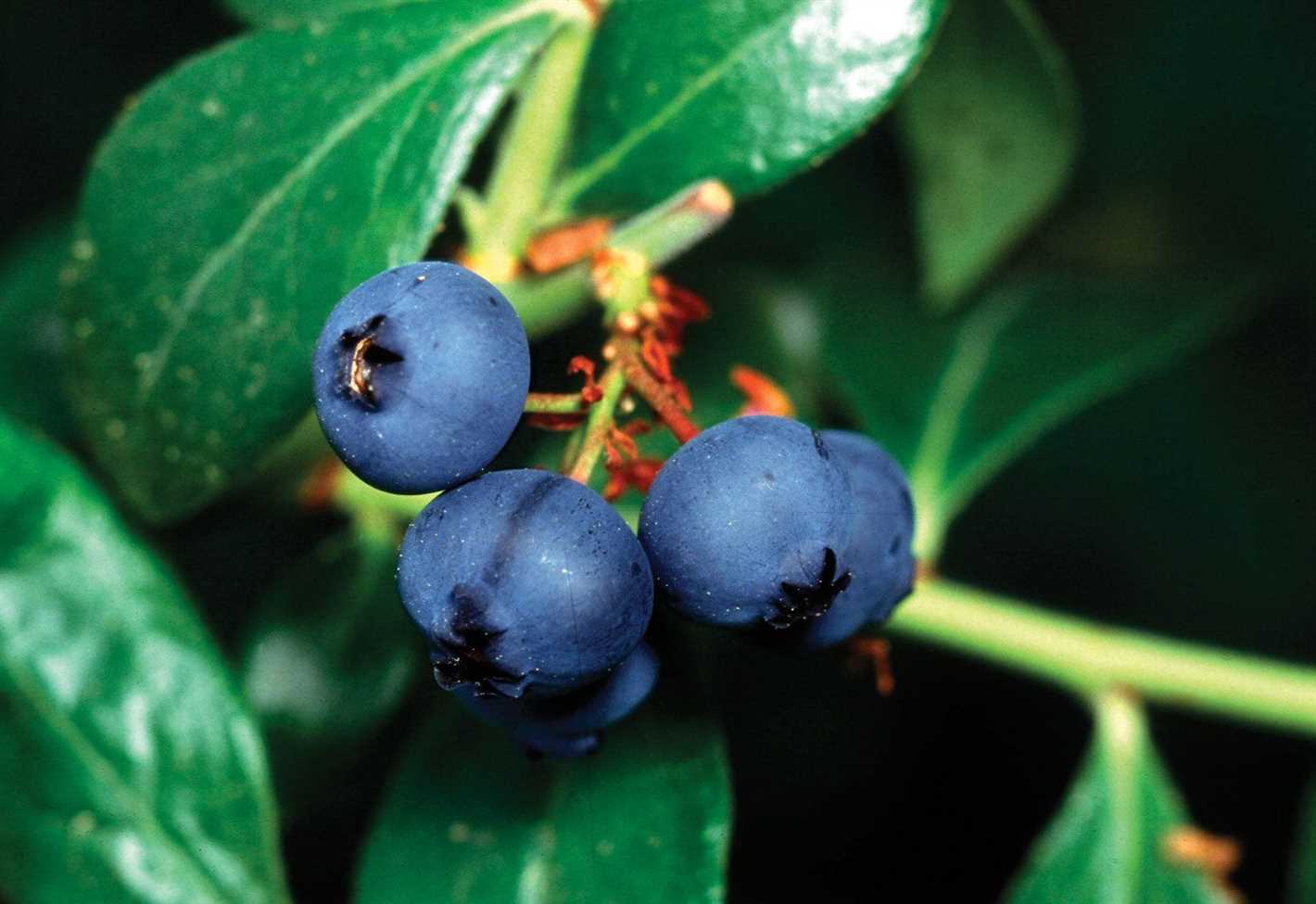
Blueberries are small, round berries that are known for their vibrant blue color and incredible health benefits. They belong to the Vaccinium genus and are native to North America. Blueberries are packed with powerful antioxidants, vitamins, and minerals, making them an excellent addition to a healthy diet.
The properties of blueberries are what make them so special. They are rich in anthocyanins, which are responsible for their deep blue color and have been shown to have numerous health benefits. Anthocyanins are known for their antioxidant and anti-inflammatory properties, which can help protect against chronic diseases such as heart disease and cancer.
The cultivation of blueberries is a delicate process. They require well-drained soil and acidic conditions to thrive. Blueberries are typically grown in regions with cool climates, such as the northeastern United States and parts of Europe. They are usually planted in the spring and take several years to reach full maturity and yield a bountiful harvest.
There are several types of blueberries, each with its own unique characteristics. The most common types include highbush blueberries, lowbush blueberries, and rabbiteye blueberries. Highbush blueberries are the most widely cultivated and are known for their large size and sweet taste. Lowbush blueberries are smaller and tart, making them perfect for baking. Rabbiteye blueberries are known for their resistance to disease and are a popular choice for home gardens.
Benefits and Nutritional Properties of Blueberries


- Rich in Antioxidants: Blueberries are packed with antioxidants, which help protect the body against free radicals and reduce oxidative stress.
- Boost Brain Function: Studies have shown that the antioxidants in blueberries can improve memory and cognitive function.
- Support Heart Health: Blueberries contain high levels of anthocyanins, which have been linked to a reduced risk of heart disease and improved cardiovascular health.
- Help Manage Diabetes: Blueberries have a low glycemic index and are rich in fiber, which can help regulate blood sugar levels and improve insulin sensitivity.
- Improve Digestive Health: Blueberries are a great source of dietary fiber, which can promote healthy digestion and prevent constipation.
- Strengthen the Immune System: Blueberries are rich in vitamin C, which is known for its immune-boosting properties.
- Support Weight Loss: Blueberries are low in calories and high in water content, making them a great choice for weight loss and healthy snacking.
- Protect Eye Health: The antioxidants in blueberries, especially anthocyanins, have been shown to improve vision and protect against age-related macular degeneration.
Blueberries also provide several important nutrients, including:
| Nutrient | Amount per 100g |
|---|---|
| Vitamin C | 9.7 mg |
| Vitamin K | 19.3 mcg |
| Manganese | 0.3 mg |
| Fiber | 2.4 g |
| Potassium | 77 mg |
| Antioxidants | Various, including anthocyanins |
With their combination of antioxidants, vitamins, and minerals, blueberries are a nutritious and delicious addition to any diet.
Cultivation and Harvesting of Blueberries
Blueberries are small, round fruits that grow on shrubs in the genus Vaccinium. They are native to North America and are now cultivated in many parts of the world. Blueberries are known for their antioxidant properties and health benefits.
1. Planting Blueberry Shrubs
- Blueberries thrive in acidic soil with a pH level between 4 and 5.
- Choose a sunny spot for planting, as blueberries require at least 6-8 hours of direct sunlight per day.
- Prepare the soil by adding organic matter such as compost or peat moss to increase acidity and improve drainage.
- Dig a hole that is twice as wide and deep as the root ball of the blueberry shrub.
- Place the shrub in the hole and backfill with soil, gently firming it around the roots.
- Water thoroughly after planting and mulch around the base of the shrub to conserve moisture and suppress weeds.
2. Care and Maintenance of Blueberry Shrubs
- Water blueberry shrubs regularly to keep the soil evenly moist but not waterlogged.
- Fertilize the shrubs with a balanced, slow-release fertilizer in early spring and again in late spring.
- Prune the shrubs in late winter or early spring to remove any dead, damaged, or crossing branches.
- Protect the shrubs from birds by using netting or bird repellents, especially during the fruiting season.
- Monitor the shrubs for pests and diseases, such as aphids, mites, or fungal infections, and take appropriate measures to control them.
3. Harvesting Blueberries
- Blueberries are usually ready for harvest in mid to late summer, depending on the variety.
- Harvest the berries when they are fully ripe and have a deep blue color.
- Gently pick the berries from the shrub, being careful not to damage the delicate fruits.
- Place the harvested blueberries in a container and store them in the refrigerator to maintain their freshness.
- Blueberries can be enjoyed fresh, used in recipes, or preserved by freezing or canning.
Cultivating and harvesting blueberries can be a rewarding experience. With proper care and maintenance, blueberry shrubs can yield delicious and nutritious fruits for many years to come.
Types and Varieties of Blueberries
Blueberries come in a variety of types that differ in size, taste, and growing conditions. Here are some popular types of blueberries:
- Highbush blueberries: These are the most common type of blueberries and are often found in grocery stores. They have a sweet and tangy flavor and are larger in size compared to other varieties.
- Lowbush blueberries: Also known as wild blueberries, these are smaller in size and have a more intense flavor. They are usually found in areas with cooler climates and are commonly used in baking.
- Rabbiteye blueberries: Named for their appearance, which resembles the eye of a rabbit, these blueberries are native to the southeastern United States. They have a unique flavor and are known for their adaptability to different soil types.
- Southern highbush blueberries: These blueberries are a hybrid of highbush and rabbiteye varieties and are well-suited for warmer climates. They have a sweet and juicy flavor and are popular in southern regions.
There are also many different varieties of blueberries within each type. Some popular blueberry varieties include:
- Bluecrop: This variety is known for its high yield and large berries. It has a sweet flavor and is a favorite for fresh consumption and baking.
- Patriot: Patriot blueberries are known for their excellent flavor and resistance to diseases. They are medium-sized blueberries and are often used in making jams and jellies.
- Aurora: Aurora blueberries are a variety that produces large berries with a sweet and mild flavor. They are often used in desserts and smoothies.
- Sweetcrisp: As the name suggests, this variety is known for its sweet and crisp berries. It has a long harvest season, making it a popular choice for home gardens.
These are just a few examples of the types and varieties of blueberries available. Each variety has its own unique characteristics and flavors, making blueberries a versatile fruit with endless possibilities for culinary creations.
Health Benefits of Blueberries
1. Rich in Antioxidants: Blueberries are packed with antioxidants, which help protect the body against free radicals, reducing the risk of chronic diseases like heart disease and cancer.
2. Improves Brain Function: Studies have shown that the antioxidants in blueberries can improve brain function and delay age-related decline in neurological function. Regular consumption of blueberries may help improve memory and cognitive performance.
3. Supports Heart Health: Blueberries are a heart-healthy food due to their high antioxidant content and ability to reduce oxidative stress and inflammation. Regular consumption of blueberries may help lower blood pressure and improve overall heart health.
4. Helps Manage Diabetes: The high fiber content in blueberries can help slow down digestion and regulate blood sugar levels. This makes blueberries a suitable fruit for individuals with diabetes or those at risk of developing the condition.
5. Promotes Healthy Digestion: Blueberries are rich in fiber, which aids in maintaining a healthy digestive system. Eating blueberries regularly can help prevent constipation and promote regular bowel movements.
6. Supports Weight Loss: Blueberries are low in calories and high in fiber, making them a great addition to a weight loss diet. They provide a feeling of fullness and can help control hunger cravings, leading to reduced calorie intake.
7. Boosts Immune System: Blueberries are rich in vitamin C, which is known for its immune-boosting properties. Regular consumption of blueberries may help strengthen the immune system and protect against common illnesses like colds and flu.
8. Improves Skin Health: The antioxidants in blueberries can help protect the skin against oxidative damage caused by free radicals. This may result in improved skin appearance, reduced signs of aging, and a healthier complexion.
Incorporating blueberries into your diet is a delicious way to benefit from their numerous health advantages. Whether eaten fresh, added to smoothies, or used in cooking and baking, blueberries provide a nutritious and tasty addition to any meal or snack.
Cooking and Baking with Blueberries
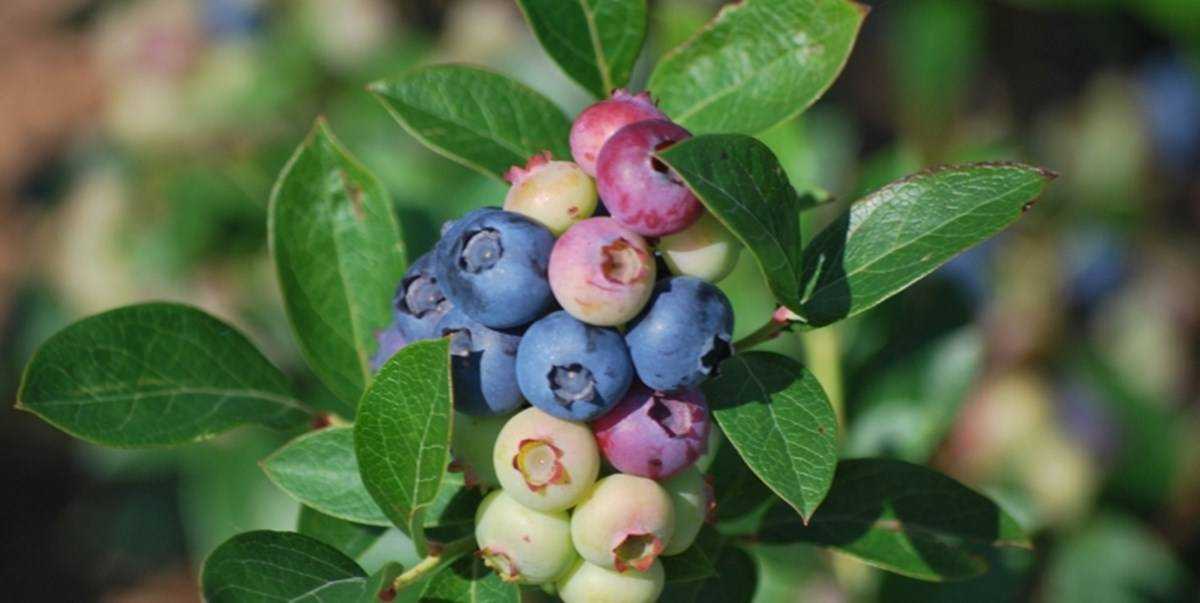

Blueberries are not only delicious on their own, but they can also be a fantastic ingredient in a variety of recipes. Here are some creative ways to incorporate blueberries into your cooking and baking:
1. Blueberry Pancakes
Start your day off right with a stack of fluffy blueberry pancakes. Simply add fresh or frozen blueberries to your favorite pancake batter and cook them up on a hot griddle. The burst of juicy blueberries adds a sweet and tangy flavor to the pancakes.
2. Blueberry Muffins
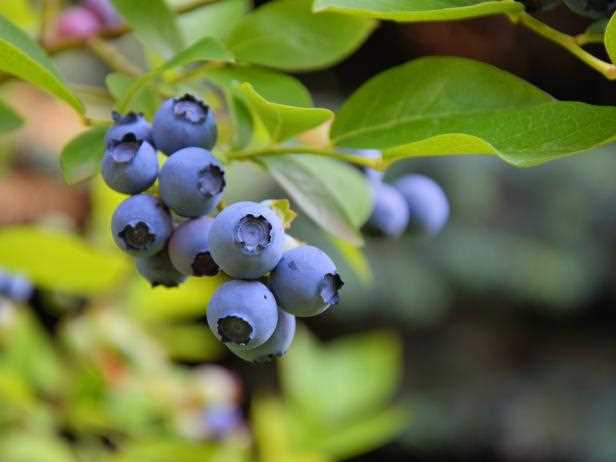

Blueberry muffins are a classic baked good that are loved by many. There are countless recipes available online, but most involve combining flour, sugar, baking powder, butter, eggs, milk, and of course, blueberries. The result is a moist and flavorful muffin packed with bursts of blueberry goodness.
3. Blueberry Smoothies
If you’re looking for a refreshing and nutritious snack, try making a blueberry smoothie. Blend together frozen blueberries, yogurt, milk or juice, and a sweetener if desired. The result is a creamy and vibrant smoothie that is great for breakfast or a mid-afternoon pick-me-up.
4. Blueberry Sauce
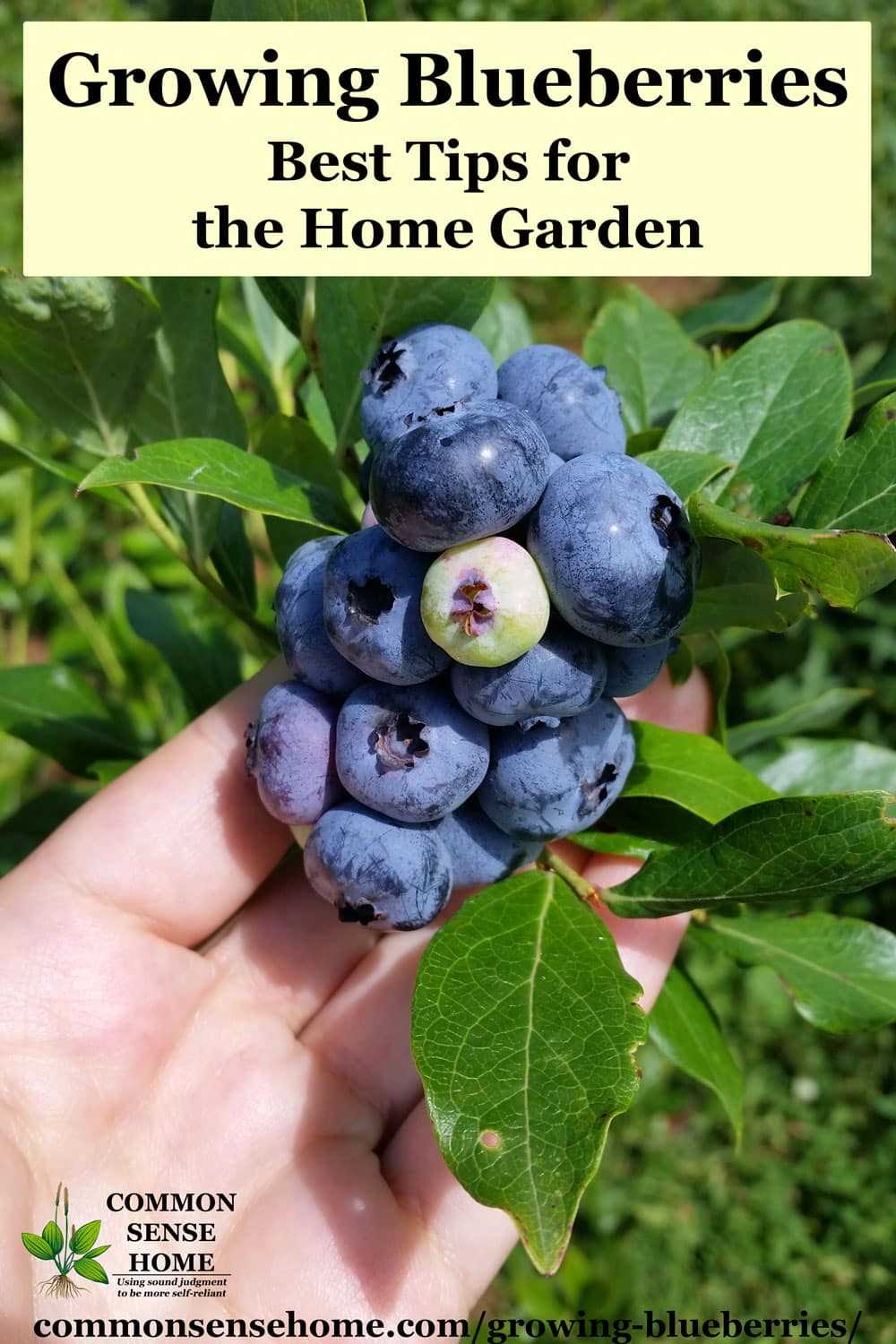

Blueberry sauce is a versatile condiment that can be used in a variety of ways. Simply simmer blueberries with sugar and a splash of lemon juice until they break down and form a sauce-like consistency. You can use this sauce as a topping for pancakes, waffles, ice cream, or even as a filling for pastries.
5. Blueberry Salad
For a refreshing and healthy side dish, try making a blueberry salad. Combine fresh blueberries with greens, such as spinach or arugula, and add some additional toppings like feta cheese, almonds, and a vinaigrette dressing. The sweetness of the blueberries pairs perfectly with the savory and tangy flavors of the other ingredients.
6. Blueberry Pie
A classic American dessert, blueberry pie is always a crowd-pleaser. Fill a pie crust with a mixture of blueberries, sugar, flour, lemon zest, and a pinch of salt. Bake until the filling is bubbly and the crust is golden brown. Serve with a scoop of vanilla ice cream for the perfect summer treat.
7. Blueberry Jam
Preserve the flavors of fresh blueberries by making your own blueberry jam. Combine blueberries, sugar, and lemon juice in a saucepan and cook until thickened. Transfer the jam to sterilized jars and seal them for later use. Spread this sweet and tangy jam on toast, muffins, or use it as a filling for cakes and pastries.
These are just a few ideas to get you started cooking and baking with blueberries. Experiment with different recipes and techniques to find your favorite way to incorporate this nutritious and flavorful fruit into your meals and desserts.
Blueberries in Popular Culture
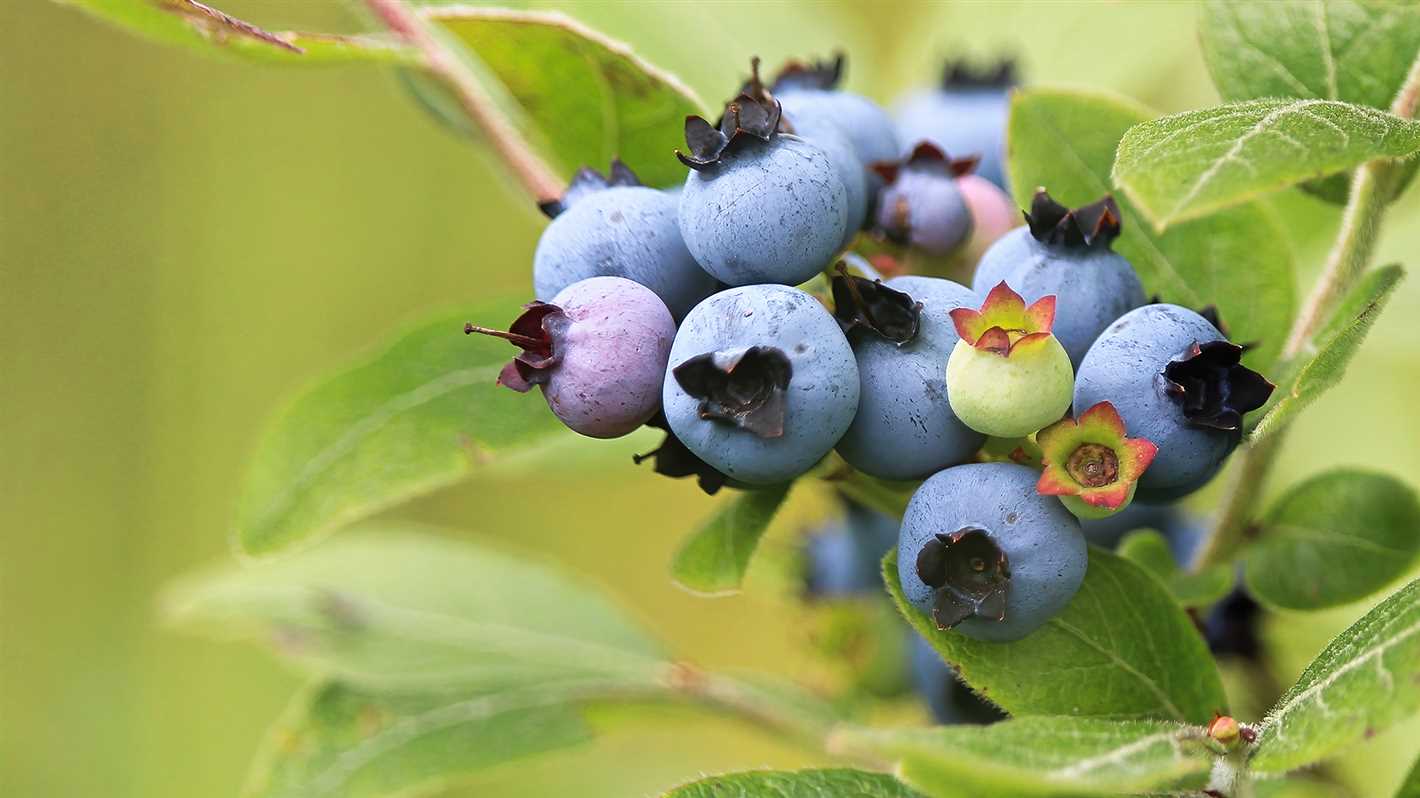

Blueberries have become a popular fruit in various forms of media and popular culture. They are often depicted in movies, books, and artwork, and even used as symbols in some contexts.
Movies and TV shows
- In the movie “Willy Wonka & the Chocolate Factory,” the famous blueberry scene involves a character named Violet Beauregarde turning into a giant blueberry.
- In the animated TV series “Bluey”, blueberries are frequently mentioned and showcased as a favorite snack of the main characters.
Literature
Blueberries are often mentioned in various works of literature, both as a symbol of summer and as a metaphor for small, sweet things. Some notable examples include:
- In the book “Blueberries for Sal” by Robert McCloskey, the main character goes blueberry picking with her mother.
- In the poem “This Is Just to Say” by William Carlos Williams, the speaker expresses their desire to eat the plump blueberries in the icebox.
- In the novel “The Bell Jar” by Sylvia Plath, the protagonist mentions eating blueberries and feeling nostalgic for her childhood.
Art and Design
Blueberries are often featured in artwork and design, either as the main subject or as a decorative element. They are particularly popular in still life paintings and illustrations, where their vibrant color adds visual interest. Blueberries are also commonly used in kitchenware designs, such as ceramic bowls and dishes.
Symbolism
In some contexts, blueberries symbolize youth, abundance, and the bounty of nature. They can also represent health and wellness due to their high nutritional value. Blueberries are sometimes used as a symbol of summer and the outdoors, as they are often associated with picnics, camping trips, and other outdoor activities.
Question-answer:
What are blueberries?
Blueberries are small, round berries that are rich in antioxidants and have a sweet and tangy flavor.
What are the health benefits of blueberries?
Blueberries are packed with nutrients and are known for their high antioxidant content. They can improve brain function, promote heart health, and have anti-inflammatory properties.
Can blueberries be grown at home?
Yes, blueberries can be grown at home. They require acidic soil, plenty of sunlight, and regular watering. It is best to choose blueberry varieties that are suitable for your climate.
What are the different types of blueberries?
There are several types of blueberries, including highbush, lowbush, rabbiteye, and half-high blueberries. Each type has its own unique characteristics and is suited for different growing conditions.
How do I incorporate blueberries into my diet?
You can incorporate blueberries into your diet by adding them to smoothies, yogurt, or cereal. They can also be used in baking or enjoyed on their own as a healthy snack.
Are blueberries good for weight loss?
Yes, blueberries can be a good addition to a weight loss diet. They are low in calories and high in fiber, which can help you feel fuller for longer. Additionally, their high antioxidant content may help boost metabolism.







